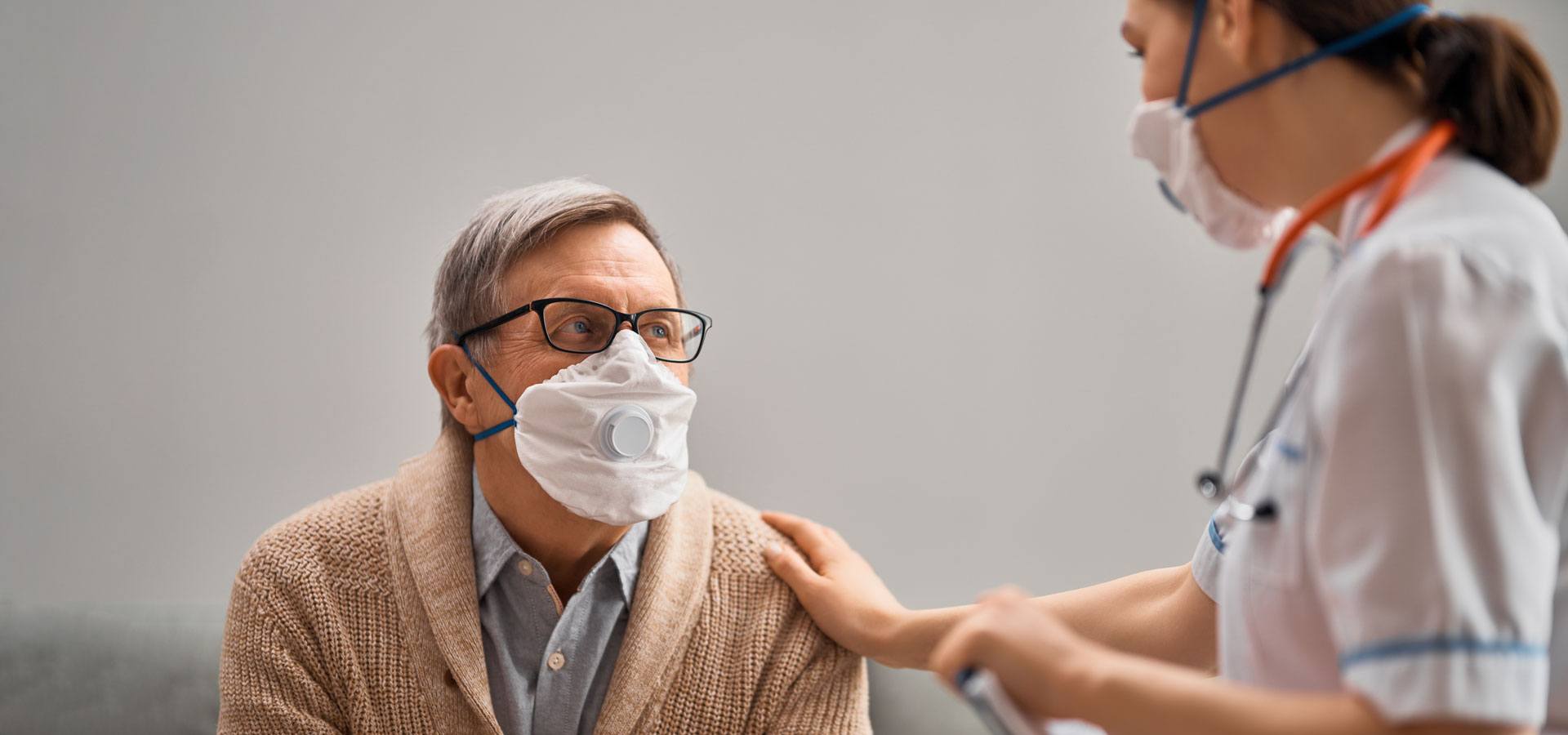Patients who need ongoing care cannot stop, delay, or interrupt treatments like chemotherapy, dialysis, immune therapies, or transplants during the COVID-19 outbreak.
Still, some patients may consider whether they should risk exposure to COVID-19 by going to treatment at a hospital or outpatient facility.
Many health care professional groups and associations have put out recommendations about treatments, therapies, and surgeries for patients. For many patients, delays can be detrimental and make treatment less effective. The National Kidney Foundation urges kidney disease patients not to skip their regular dialysis treatments. And the American Society of Clinical Oncology does not recommend changing or withholding cancer therapies.
Ultimately, decisions about postponing necessary treatments and therapies should be made on an individual basis with a patient’s doctor.
Some patients may have to be hospitalized if that is the safest way for them to get treatment and monitoring for their condition, if they have waited too long for care, or if they have COVID-19 symptoms along with their chronic condition.
Protecting At-Risk Patients
Patients with cancer, kidney disease, multiple sclerosis, or a transplanted organ are at higher risk if they get COVID-19. That’s because of their health condition, a weakened immune system from treatments and medications, coexisting conditions, or donated organs that do not work as efficiently as they should.
If any critical treatments or therapies are available through your home health care services, highlight the benefits to your patients of receiving care and medical supplies at home. Support from home health providers can keep patients safer and healthier.
Patients with chronic conditions need the most protection and reassurance during a pandemic. Coping with cancer and other diseases and worrying about the coronavirus can be overwhelming. They need support. Making them feel comfortable is an essential part of being a health care communicator.
Outreach & Advice from a Trusted Source
Your patients need to know what is true and what isn’t true, and how your organization is caring for patients with chronic conditions. They will value information from you because they trust your organization and providers.
Your primary care providers and specialists might want to begin outreach with these patients, so they don’t slip through the cracks. Use your electronic health records tool, a phone visit, or telemedicine services to connect, answer questions, and put them at ease with their care plan and treatments. During these touchpoints, be sure your providers encourage patients to seek emergency care for their condition if needed. This keeps your patients in the decision-making process for their health care and mental well-being.
Information Can Reduce Patient Anxiety
Patients may worry about the safety of necessary care. As a health care communicator, you’ll need to be transparent and share comprehensive information with your patients to lessen their concerns. Craft messages about:
- Patient safety as your organization’s number one priority – Enforce face coverings at all times and social distancing in the hospital or health system’s facilities. If some locations have different rules, explain why and what differences exist.
- Infection prevention measures at your facilities – Outline cleaning and disinfecting practices your organization has put into practice to prevent infection spread. If you are using the Centers for Disease Control and Prevention’s infection prevention guideline, be sure to mention that detail.
- Prescreening procedures – Let your patients know the appointment prescreening processes you are using before they come to your location. This may include phone screening and public entrances screening before allowing patients to enter your hospital or clinic. If employee protocol is different, explain those precautions, too. Make sure patients know your procedures apply to all patients and employees, so they feel safe receiving care from your health care professionals.
- Surges in virtual visits – In-person appointments have gone down during COVID-19 temporary closures, and telemedicine usage is up. Explain to nervous patients that this means fewer people are coming through your doors and, therefore, the disease is less likely to spread. Lower patient volume gives your organization time to clean, disinfect, and screen visitors as a way to keep everyone safer.
- Treatment of COVID-19 patients – If you are treating many patients with COVID-19, your other patients may wonder if they are safe when they come to your facilities. If you have a separate unit or area and staff for treating COVID-19 patients, explain the separation of those patients from other patients and other specific precautions you are taking.
- Visitor restrictions – Make your visitor restrictions clear. If family or caregivers are not allowed to accompany patients to their treatments, tell the patient during prescreening. Explain how your limits help keep everyone safe by exposing fewer people to the person-to-person spread of the infection.
- Curbside services – If any of your locations provide curbside services, such as pharmacy or home medical equipment pickup, let patients know they won’t have to risk exposure to COVID-19 to get what they need.
- Contactless, digital payments – Online bill pay isn’t new, but it’s more popular than ever because it reduces the need for patients to interact with staff. Let patients know where to find access to your online bill pay services.
There are many risks during a pandemic; information can bring relief to patients. Regular communication is key.
Contact Us to Help Your Team
Reach out to Geonetric for content services to support your team’s response to the coronavirus. And explore our COVID-19 resources hub.


